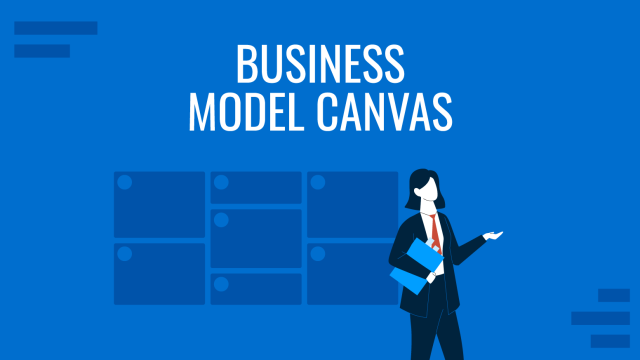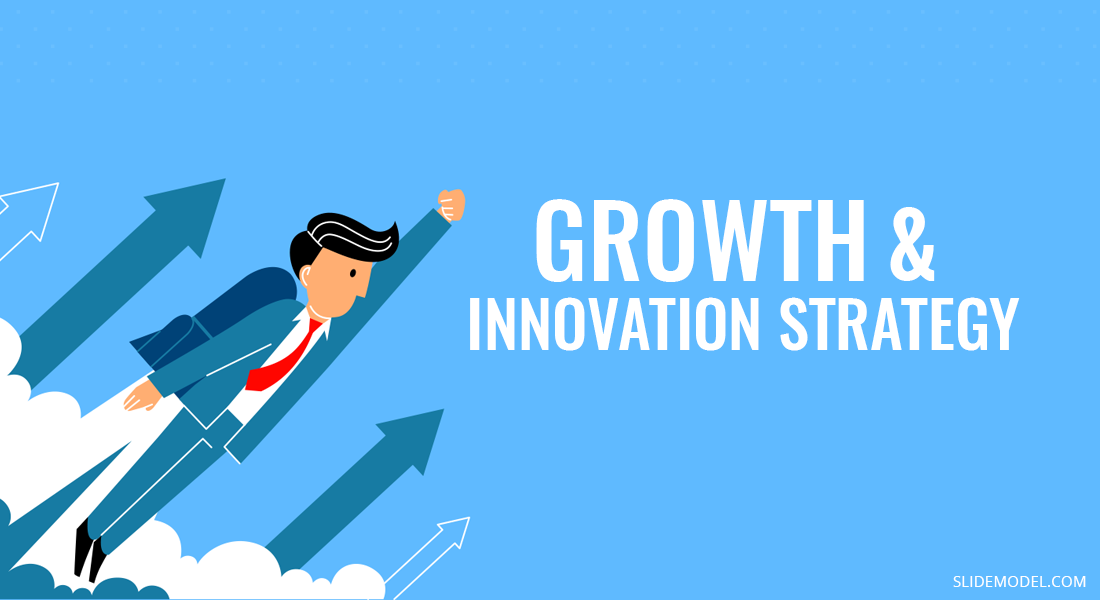
Competition today is tough: a company that sits on its laurels with a great and popular product or service, will not sit on that pedestal very long. Others will come along with improvements and replacements and push that company off of its pedestal, sometimes sinking it to irrelevancy. To some extent, this is what happened to Apple in the 80s when Steve Jobs left for a couple of years, and innovation came to a halt. Only when he returned did the market growth picked up, and Apple again disrupted the other companies that had taken over the marketplace.
The quick story above may be dated. But it still illustrates well what’s happening cross-industry – companies that don’t move beyond their comfort zone get out taken by savvier, more innovative competitors. Legacy taxi companies are facing strong pressure from Uber and the likes. Incumbent financial institutions are losing customers to fully digital banks and other FinTechs.
Why Innovating is Imperative
Boston Consulting Group (BCG) puts it this way: “The formula for business success that worked a decade ago doesn’t necessarily work today. And leaders can’t know for sure what will work ten years from now. To win in this decade —and beyond—change will not be a choice.”
And thus, to survive and thrive in the new competitive landscape, business leaders will need to overhaul their innovation strategies and, more importantly, put them to action.
This post will provide you with some pillar information for shaping your innovative vision and layering the foundation of your new innovation and growth strategy development. But first, let’s unpack some of the key terms.
Just What is Innovation in Business?

In a nutshell, a business innovation definition is this one:
“Innovation is any process that an organization has in place that will support and fully encourage the introduction of new ideas, new methods of workflow, new methods in technology, and/or new products or services”.
Oftentimes, it also involves improving existing products or services or creating new ones that would better solve a problem for existing or potential customers or for the organization itself.
Here are a few quick examples to illustrate this further:
- Innovation aimed at improving internal processes: a food manufacturing company wants to digitize its supply chain and migrate to the cloud so that it can have better visibility into all operations and reduce delivery times for produce.
- An innovative problem solution for a consumer: a bank decided to add biometric authentication to their mobile app to improve customer account security.
In both cases, the proposed innovations can result in new business growth opportunities. The said food manufacturing company can introduce a premium line of fresh organic foods and showcase the consumer where the ingredients were grown, how they were handled and what distance they have traveled before arriving at the shelf. Alternatively, with greater supply chain visibility and predictability, they can introduce a new grocery shopping app that would their customers to order both fresh and processed foods.
The 3 Main Types of Business Innovations
As briefly illustrated by the examples above, there’s more than one way to innovate. While certainly, there’s no ultimate blueprint for innovation, conditionally it can be grouped into the following three categories:
1. Product Innovations
As the name implies, your innovation strategy can be geared upon revamping one of your existing products (or product lines) or services or launching a brand new core offering.
A new product would be something like the first smartphone developed by IBM and BellSouth or the very first gaming system, called Computer Space – a coin-operated game, first appearing in arcades in 1971. Both products completely revolutionized their respective markets.
Some of the less risky and visionary innovation examples in this category would be changes to existing products. We see this happening all the time:
- Cars receive new features such as Internet connectivity, smart locks or ADAS systems.
- Smartphone manufacturers consistently invest in better displays, cameras, and batteries.
- Clothes retailers are pioneering with “smart changing rooms”, virtual stylists and voice shopping.
In short, the goal of this type of innovation is to provide greater value to customers (and improve revenue as well).
2. Process Innovations
Process innovations are not “splashy” or necessarily visible. But, they can bring significant change in how the company produces or markets products. And this category of innovation is probably the largest of the three as any business has low-value, ineffective processes that could be upgraded.
Consider the following innovation strategy examples:
- Adopting an automated lead segmenting system to eliminate manual data entry
- Adding new equipment to a production line to replace manual action
- Changing or adding technology for inventory control or logistics
- Adopting a new or better CRM system.
Obviously, these innovations are not visible to your customers, but they do feel the results. And your business will streamline processes and save money – both of which can result in increased revenue.
3. Business Model Innovation
Changing how your business operates is the most disruptive type of innovation. Consider the insurance sector for example. Traditional service providers, who are forced to play catch up with InsurTech innovators, are changing their entire business model to:
- Provide customers with real-time price quotes.
- Enable pay-per-use insurance using customer’s location data.
- Reduce premiums and offer more competitive pricing using predictive analytics.
While most believe that industry-level innovations only come from startups, this is not true. Existing organizations that are willing to take often radical risks, can be transformative within their industries too.
Consider Amazon, a company that began as a bookseller. And consider all of the transformative model innovations it has undertaken over the years, from expanding its products and services to taking on independent sellers, and now into web cloud services. Clearly, the people at Amazon are doing a grand job of anticipating the future and crafting the innovations to meet it.
Recommended template: Business Model Spectrum PowerPoint Diagram
Changing your business model is one of the most complex ways to innovate. However, for some legacy companies, this choice is not optional as otherwise their risk to go out of business sooner, rather than later. So let’s dwell on this a bit further.
How to Approach Business Model Innovation
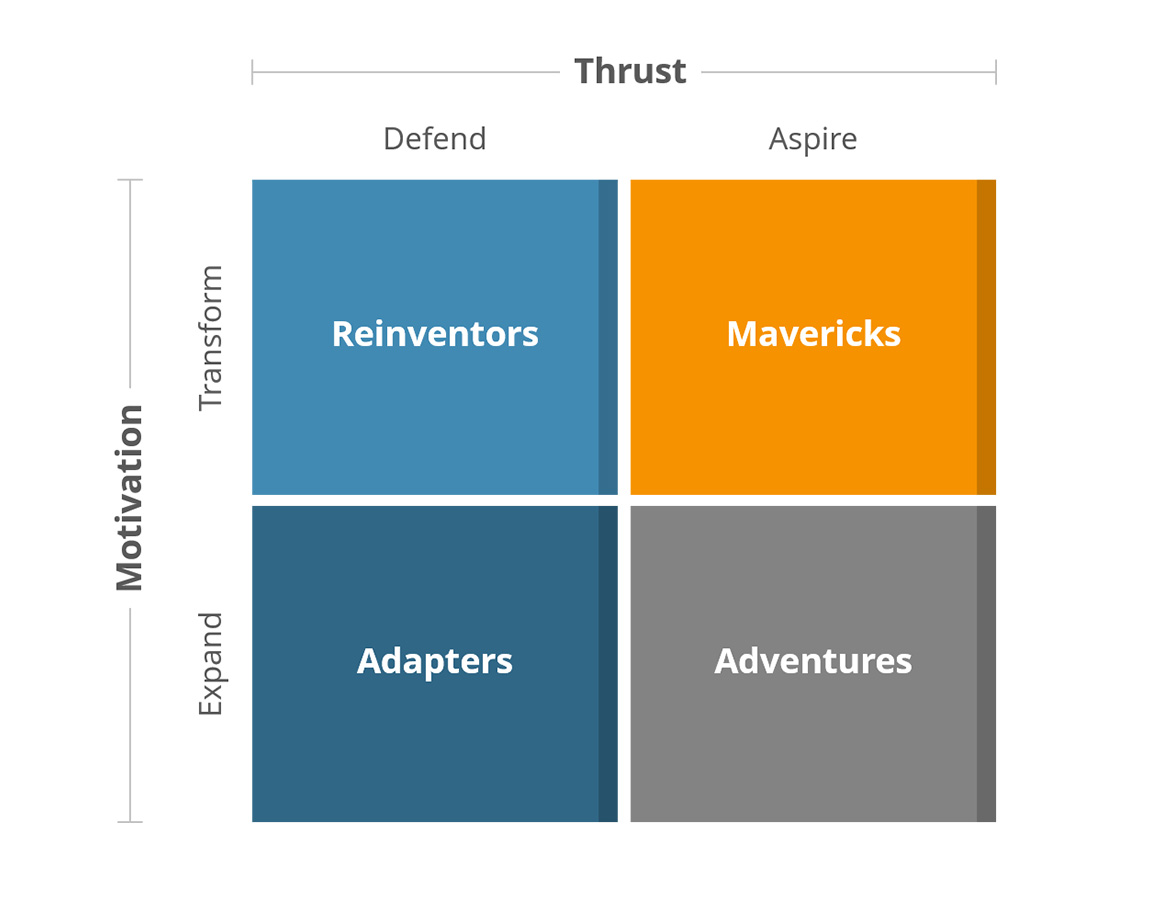
BCG identifies four approaches to innovation, led by each of the four types of innovators, as depicted in the chart above:
- The Reinventors and The Adapters work within existing products, services, and processes to improve, expand, and enhance, to keep an organization “current” and competitive.
- The Mavericks and The Adventurers, on the other hand, are those who strive to move “outside the box” and take transformational risks.
Further, such leaders build their innovation strategy around the next four principles.
1. Identify the Next S-Curve
Products and processes go through “life cycles.” At some point, they reach a plateau, and that is when the competition, that has been focused on innovation can pass you by. While you may not know when that point of the plateau will hit, you can prevent irrelevance with a proactive focus on upcoming market trends, competitor research, and industry innovations.
The annual Gartner Hype Cycle for emerging technologies is one of the solid cross-industry barometers for innovation:

2. Let the Customer Drive Innovation
Companies that are successful innovators have a continual “ear to the ground” regarding their customers’ pains, voes, desires, and new problems. There are many ways to practice “customer listening”:
- Conduct regular surveys to collect product feedback.
- Mine social media data and sentiment around your brand.
- Schedule direct customer interviews
- Host focus groups to test your assumptions.
In our previous post, we also mentioned several other ways of collecting and using the voice of customer data for your business development strategy.
2. Engage in Design Thinking
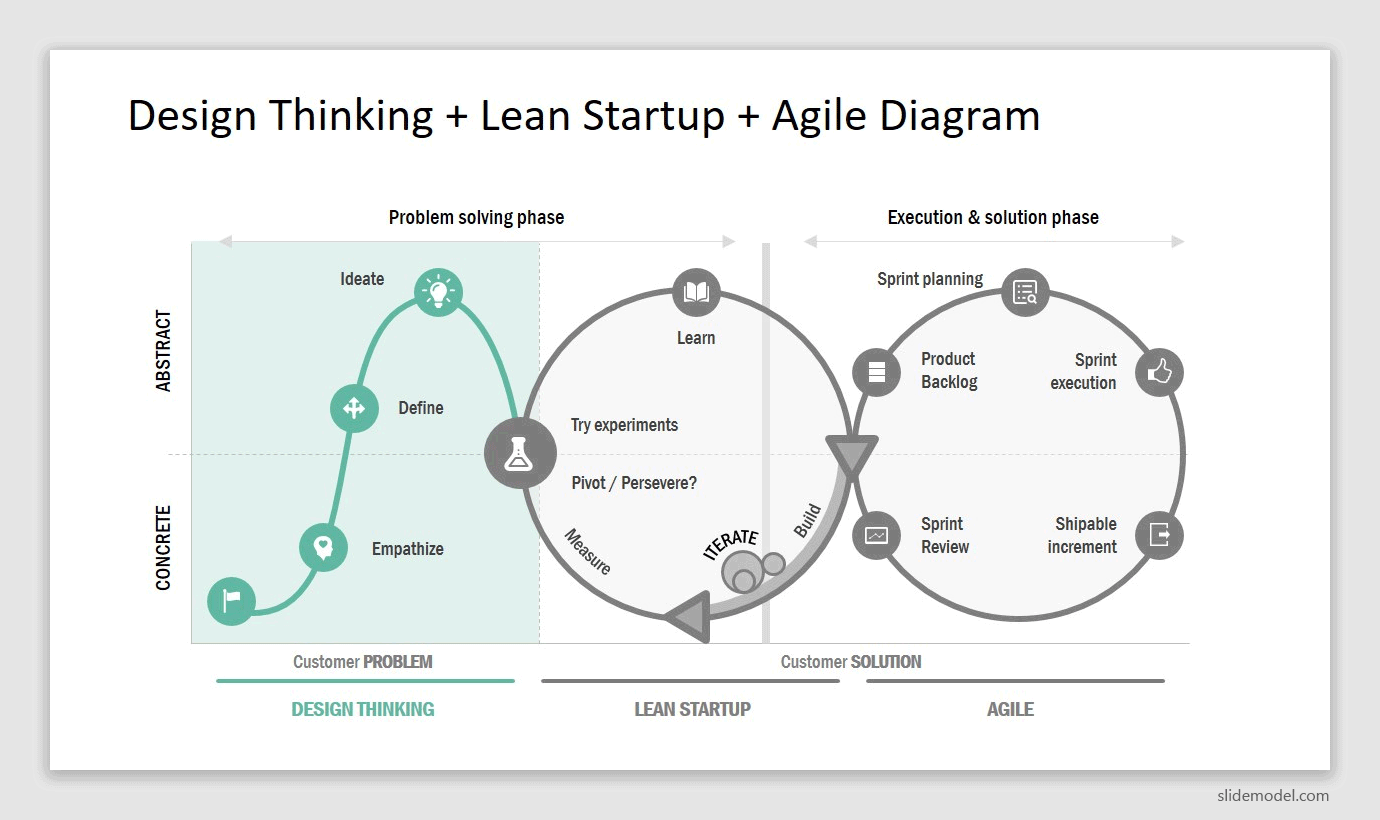
Design thinking or divergent thinking occurs outside of the normal boundaries and options of improving products, services, or processes. It assumes exploring and testing various “what if” scenarios, no matter how ambitious or unrealistic they may seem at this point.
Amazon would never have moved into web cloud services had someone among their growth strategy consultants not asked what if… we at least try. Also, design thinking, paired with a lean startup approach, allows you to test a multitude of small innovative ideas fast.
4. Leadership Must Push
Ultimately, it’s the executives who must make innovation a priority. They must embrace the risk involved and allow failures without succumbing to the sunk cost fallacy thinking. Innovation itself must be rewarded, not just the successful results.
How to Shape Your Growth and Innovation Strategy
What is an innovation strategy after all?
In short, it is a roadmap showing where you are now and where you might go to get out in front of your sector. The goal of this document is to formalize your journey and identify the key “pit stops” and “checkpoints” on your way to the final goal.
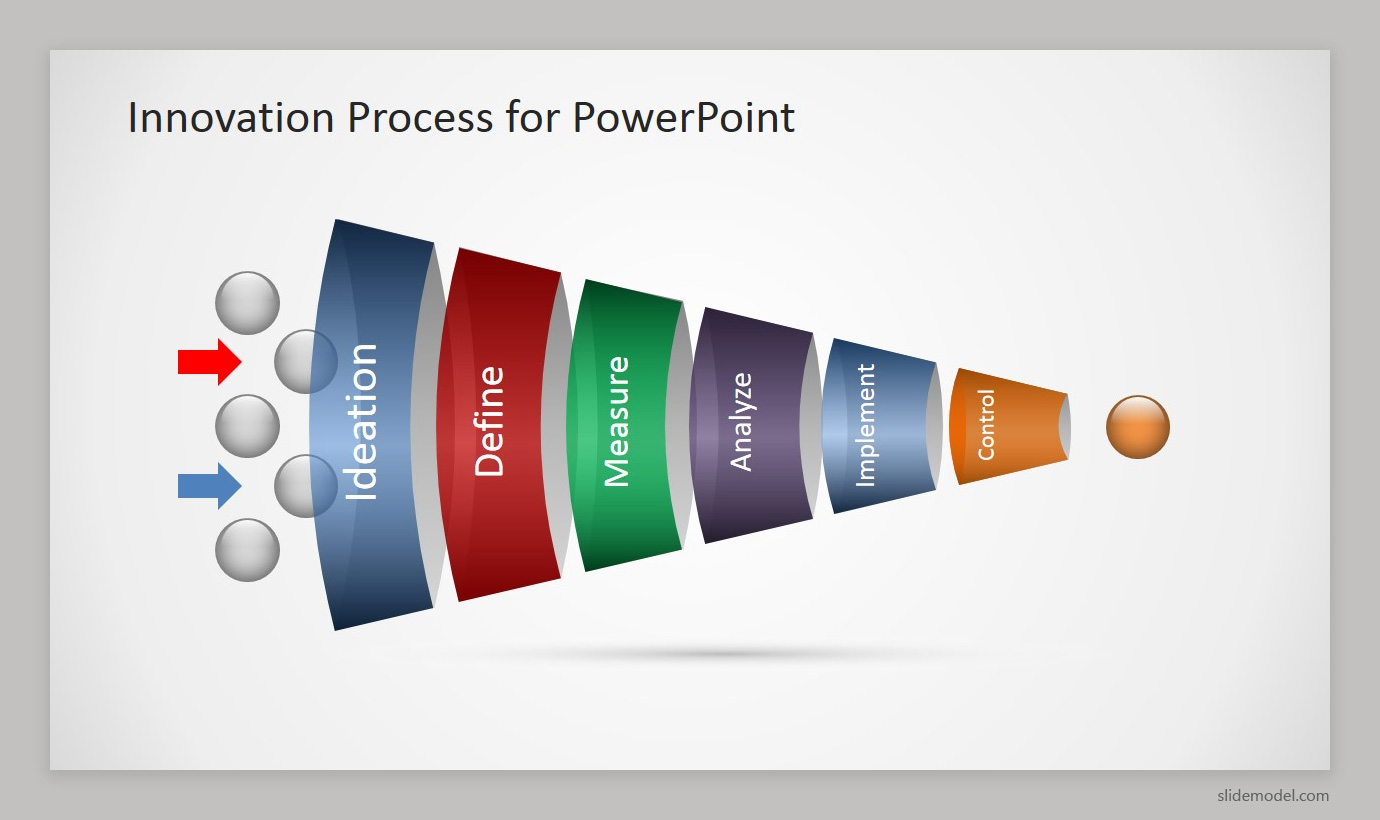
NB: An innovative strategy will always be a “living” document, evolving as your company makes some first trials and errors. So it’s okay to start with a “draft” strategy first. Below are several quick tips for that.
Conduct a Market Research
The goal of your market research is to provide you with solid answers to the following questions:
- Where’s the company is right now when compared to the competition – is it lagging or succeeding?
- What are the current customer demands and how well are we meeting them?
- Which technology is impacting your industry and how?
Identify the Next Growth/Innovation Curve Points in Your Industry
Analyze the different options to understand how your company may be able to capitalize on these; how much change will be required for adoption and what budget could be allocated.
Secure Stakeholder Buy-In
Once you’ve lined up several viable use cases, get the initial “buy-in” from others within the organization, and external stakeholders (e.g., investors).
Recommended template: Stakeholder Analysis PowerPoint Template
Focus on Smaller, Short-Term Initiatives
Determine the scope of the initial innovation activity. Perhaps, for example, it is a prototype that will be tested and then even further modified, dependent on objections, obstacles, or other barriers. Ideally, an innovation project you are pursuing should deliver at least some measurable results in a year. Conduct an ARR, once this first project is completed and decide on further investment.
Conclusions
The growth and innovation strategies tips and examples provided above should give you an idea of how divergent thinking, paired with research and measured idea testing, can result in major company growth. Ultimately, the main goal of an innovation strategy is to provide you with a clear route for generating, testing and assessing different assumptions and ideas before going “all in”.


